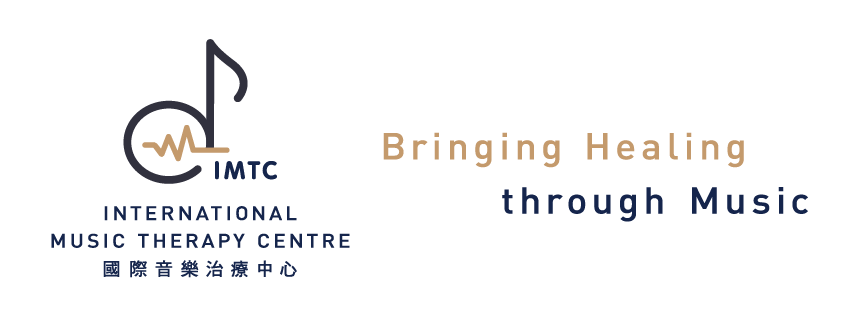A musical gathering for children with multiple disabilities
We all have social needs, including children, in order to express ourselves and also respond to others’ initiatives in interaction. However, children with multiple disabilities might encounter difficulties in communication and social development. As they have limited means of interaction, they might be misinterpreted, ignored or tend to depend on others to initiate communication.
How can music help? Through the medium of music, people can play instruments, sing and dance together, interact with music, which is the non-verbal communication. Also, music would boost social awareness and interest. This is also a two-way communication.
An Australian scholar had conducted research on ten school-aged children with severe and multiple disabilities. By analysing the music therapy session with them, it discusses how their communication levels are reflected and how music therapists engage with them in the session.
Therapist needs to wait for the child to initiate and respond
Verbal prompt or repetition of previous music, actively encourages the child to engage and respond. Music Therapists use different musical elements to build up a level of musical tension.
Encourage autonomy in the child
Children might have limited chances to decide for their own lives. Choice making should be introduced in the session, letting them take charge of the tempo, pitch, instruments or even the pieces of music.
Gradually introduce music and the use of instruments
They might be reluctant to touch the instrument or to engage in any forms of music activities. Music therapists start the session by assessing each child’s mood, behaviour and focus of attention, as to set suitable therapeutic goals and tailor session plans.
Reference:
Perry, M. M. R. (2003). Relating improvisational music therapy with severely and multiply disabled children to communication development. Journal of Music Therapy, 40(3), 227-246.




